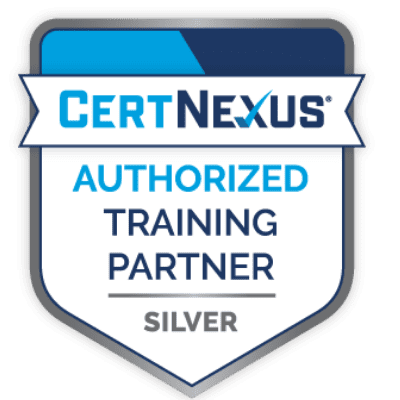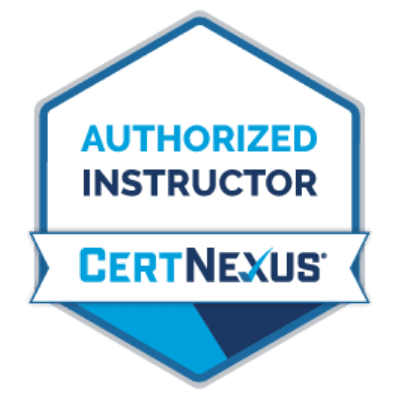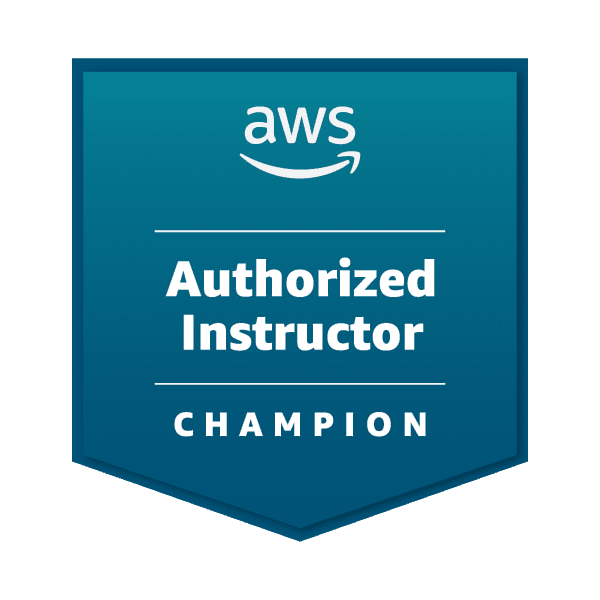CyberSAFE-510 Is Here: What’s New and Why It Matters
Cybersecurity awareness training just took a meaningful leap forward. The new CyberSAFE-510 (CBS-510) exam and...
This three-day Architecting on AWS course equips architects, engineers, and technical decision-makers with the skills to design and evolve cloud architectures that are secure, scalable, and economically efficient. We begin by grounding every design in the AWS Well-Architected Framework—operational excellence, security, reliability, performance efficiency, cost optimization, and sustainability—so your choices are defensible, auditable, and aligned to best practice.
Day 1 establishes the network and identity foundations upon which everything else depends. You will learn how to structure accounts with AWS Organizations and landing zone patterns; design Amazon VPCs with subnets, route tables, NAT, and DNS; and connect environments securely using VPC endpoints, AWS PrivateLink, and Transit Gateway. We implement identity and access with IAM roles, permission boundaries, and cross-account access patterns, then layer in data protection with AWS KMS, Secrets Manager, and managed encryption. Labs focus on deploying a baseline network and enforcing least-privilege access while instrumenting logs via CloudTrail and VPC Flow Logs.
Day 2 moves into scalable compute and data services. We compare patterns using Amazon EC2 with Auto Scaling and Elastic Load Balancing, containers with Amazon ECS and EKS, and serverless with AWS Lambda and API Gateway. You will select appropriate storage for workload characteristics—Amazon S3, EBS, EFS, and FSx—and match application requirements to database options including Amazon RDS/Aurora for relational needs and Amazon DynamoDB for serverless NoSQL at scale. We integrate event-driven components using Amazon SQS, SNS, and EventBridge to decouple systems, and apply caching with Amazon ElastiCache to improve performance. Labs guide you through deploying a multi-tier application, introducing health checks, scaling policies, and observability with Amazon CloudWatch and AWS X-Ray.
Day 3 focuses on resilience, operations, and cost. You will evaluate business recovery objectives (RPO/RTO) and map them to disaster recovery strategies from backup-and-restore through active/active multi-Region architectures. We explore content delivery and global entry points with Amazon CloudFront and AWS Global Accelerator, then implement automation using AWS CloudFormation and the AWS CDK for repeatable, testable infrastructure. You will practice cost modeling with AWS Pricing Calculator, apply guardrails using AWS Budgets and Cost Anomaly Detection, and establish operational readiness with alarms, dashboards, synthetic canaries, and incident response runbooks. The capstone design workshop challenges teams to translate a set of business and compliance requirements into an end-to-end reference architecture with a migration path and an operations plan.
Throughout, we highlight exam-relevant topics for the AWS Certified Solutions Architect – Associate (SAA-C03), provide exam-style knowledge checks, and share field-tested patterns, anti-patterns, and decision trees you can adapt to your organization. By the end of the course, you will have the confidence and practical artifacts—templates, diagrams, and checklists—to design production-ready architectures on AWS.
Solutions architects and cloud architects responsible for designing on AWS
Senior developers and technical leads moving from implementation to design responsibilities
Systems engineers, DevOps practitioners, and pre-sales engineers who advise on AWS solutions
IT managers and technical decision-makers seeking a structured approach to cloud architecture
Day 1 — Foundations & Security
Cloud design principles and the AWS Well-Architected Framework
Multi-account strategy, Organizations, and landing zones
VPC design: subnets, routing, NAT, DNS, endpoints, PrivateLink
Identity and access: IAM roles, policies, cross-account access, KMS & Secrets Manager
Logging & auditing: CloudTrail, VPC Flow Logs, Config (overview)
Lab: Build a secure, multi-AZ network baseline with least privilege
Day 2 — Compute, Data, and Integration
Compute patterns: EC2 + Auto Scaling + ELB vs. ECS/EKS vs. Lambda
Storage choices: S3, EBS, EFS, FSx—performance and durability trade-offs
Databases: RDS/Aurora design, DynamoDB data modeling, caching with ElastiCache
Event-driven architectures: SQS, SNS, EventBridge
Observability: CloudWatch metrics, logs, alarms; X-Ray tracing
Lab: Deploy a scalable, decoupled application with health checks and dashboards
Day 3 — Resilience, Global Reach, Automation & Cost
DR strategies: backup/restore, pilot light, warm standby, multi-Region active/active
Edge and global entry: CloudFront, Global Accelerator, Route 53 routing policies
Infrastructure as Code: CloudFormation and CDK patterns, change management
Cost optimization: pricing models, rightsizing, lifecycle/storage tiering, Budgets
Operations: runbooks, alarms, canaries, incident response and SLOs
Capstone design workshop & review; exam-style knowledge check
Fundamental understanding of AWS services (or equivalent hands-on experience)
Comfort with basic networking concepts (CIDR, DNS, routing)
Familiarity with Linux/Windows administration and JSON/YAML reading
Prior completion of AWS Cloud Practitioner (CLF level) or comparable knowledge is recommended
A laptop capable of accessing the AWS Management Console; an AWS account for labs will be provided or guided configuration will be offered during the course (exam voucher not included)



Book a free 50-minute consultation and discover how your organization can optimize its learning strategy.
Cybersecurity awareness training just took a meaningful leap forward. The new CyberSAFE-510 (CBS-510) exam and...
AWS has officially announced its newest addition to the certification family — AWS Certified Generative AI Developer – Professional. A full AWS Generative AI Developer – Professional study guide and instructor-led beta preparation course will launch here soon.